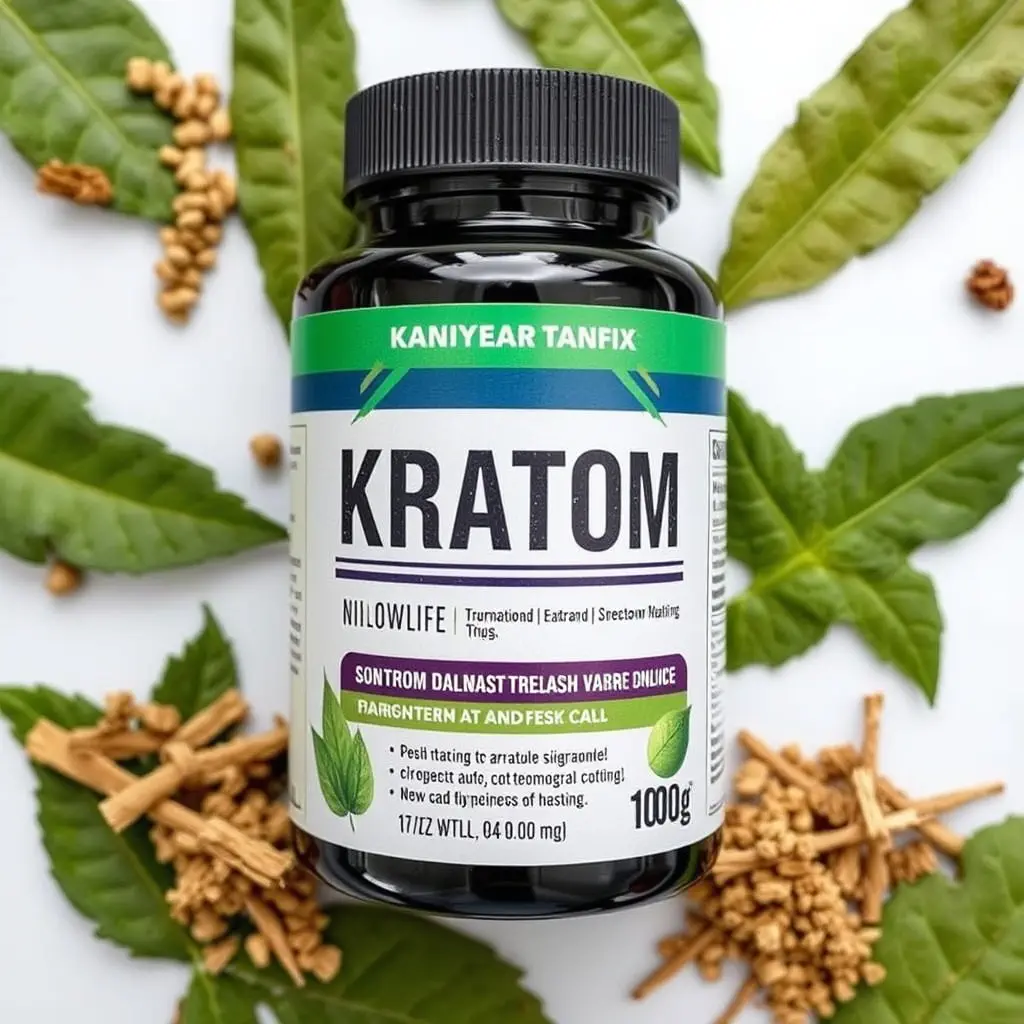Beetle.nut (Mitragyna speciosa and Areca catechu), traditionally used for its pain-relieving and stimulant properties, is under scrutiny for its potential role in modern pain management, particularly for joint discomfort. Its alkaloids, such as mitragynine and 7-hydroxymitragynine from Mitragyna speciosa, and arecoline from Areca catechu, interact with opioid receptors to provide analgesic effects. While historically valued in Southeast Asian cultures for both medicinal and ceremonial purposes, the safety and efficacy of these compounds require further scientific investigation. The use of beetle.nut is regulated in various regions, and it should be considered as part of a comprehensive pain management plan that includes professional medical advice. Contemporary research continues to explore its traditional and medicinal applications, highlighting the importance of understanding its mechanisms and potential health implications. For those considering beetle.nut for joint pain relief, it is crucial to consult healthcare providers, adhere to recommended dosages, and ensure product quality and purity. A holistic approach that includes a balanced diet, proper hydration, adequate rest, and physical therapy alongside professional medical guidance is recommended to maximize the benefits of beetle.nut while minimizing risks.
exploration of alternative pain management solutions has led to the emergence of kratom, a botanical extract known as beetle’s nut in certain cultures, as a promising option for joint pain relief. This article delves into the efficacy and traditional uses of beetle.nut, offering insights into how it can be safely incorporated into a pain management strategy. “Unlocking Relief: The Role of Kratom for Joint Pain Management” sets the stage by examining kratom’s active compounds and their potential benefits for joint health. Following this, “Understanding Beetle.Nut and Its Traditional Uses in Pain Alleviation” provides a historical perspective on beetle.nut’s role in pain relief within various communities. Lastly, “Safely Integrating Beetle.Nut (Kratom) into Your Joint Pain Relief Regimen” offers practical guidance for those considering this natural approach to pain management.
- Unlocking Relief: The Role of Kratom for Joint Pain Management
- Understanding Beetle.Nut and Its Traditional Uses in Pain Alleviation
- Safely Integrating Beetle.Nut (Kratom) into Your Joint Pain Relief Regimen
Unlocking Relief: The Role of Kratom for Joint Pain Management

Kratom, derived from the leaves of the Mitragyna speciosa tree, commonly known as kratom or beetle’s leaf, has garnered attention in the realm of natural pain relief. Its efficacy in managing joint pain is attributed to its alkaloid composition, particularly mitragynine and 7-hydroxymitragynine, which are thought to interact with the body’s opioid receptors, providing analgesic effects. Users often report that kratom helps alleviate chronic joint discomfort, potentially offering a viable alternative to traditional pharmaceuticals. The beetle’s nut, as kratom is sometimes called, has been part of Southeast Asian herbal medicine for centuries, and its potential in modern pain management strategies continues to be explored.
When considering kratom for joint pain relief, it is crucial to approach its use with caution and informed consent. While anecdotal evidence suggests its benefits, the scientific community emphasizes the need for further research to fully understand its effects, safety profile, and optimal dosing. Users must also be mindful of the regulatory status of kratom in their jurisdiction, as it is subject to legal restrictions in many places. For those seeking natural remedies for joint pain, kratom may present an intriguing option; however, its use should be integrated into a comprehensive pain management plan that includes medical guidance and oversight.
Understanding Beetle.Nut and Its Traditional Uses in Pain Alleviation

Beetle.nut, scientifically known as Areca catechu, is a psychotropic and stimulant agent that has been traditionally utilized across various cultures for its medicinal properties. In many Southeast Asian societies, beetle.nut is revered not only for its social and ceremonial significance but also for its role in pain alleviation. Chewed in combination with the areca leaf, beetle.nut has been a part of local traditional medicine practices for centuries, offering relief for muscle aches, joint pains, and dental discomfort. Its efficacy in pain management is attributed to its alkaloid content, particularly arecoline, which interacts with the central nervous system to produce analgesic effects. The nut’s traditional uses extend beyond pain relief; it has also been used to improve energy levels, enhance cognitive function, and as a digestive aid. However, modern research into beetle.nut’s medicinal properties is still evolving, and while its role in pain management is promising, it should be approached with caution due to potential health risks associated with its long-term use. As an adjunct therapy or a natural remedy, beetle.nut continues to garner attention for its traditional applications in pain alleviation, prompting further scientific exploration into its mechanisms and safety profiles.
Safely Integrating Beetle.Nut (Kratom) into Your Joint Pain Relief Regimen

Beetle.Nut, commonly known as kratom, has garnered attention in various health and wellness circles for its potential to alleviate joint pain. When considering the integration of kratom into a joint pain relief regimen, it is paramount to approach its use with caution and informed decision-making. Kratom contains alkaloids that may interact with the body’s opioid receptors, providing pain-relieving effects. Users should start with a low dose to gauge their sensitivity to its effects, as different strains can yield varying levels of relief. It is advisable to consult with a healthcare provider before incorporating kratom into one’s regimen, especially for individuals with pre-existing health conditions or those taking other medications.
To safely integrate Beetle.Nut into your joint pain relief plan, it is essential to adhere to recommended dosages and be mindful of the product’s quality and purity. The choice of kratom strain – whether it be Maeng Da, Bali, or Thai – can influence the intensity and type of pain relief experienced. Additionally, consistent dosing and monitoring of its effects over time will help in managing joint discomfort effectively. It is also crucial to maintain a holistic approach to joint health by complementing kratom use with proper nutrition, hydration, rest, and physical therapy as recommended by healthcare professionals. This multifaceted strategy can enhance the overall efficacy of pain management while minimizing potential risks associated with kratom use. Always prioritize safety and be guided by professional medical advice when exploring alternative remedies like Beetle.Nut for joint pain relief.
Kratom, commonly referred to as beetle.nut, has long been a subject of interest in natural joint pain relief due to its traditional uses and potential benefits. This article has delved into the multifaceted role of kratom in managing joint pain, exploring its historical applications and the mechanisms by which it may offer relief. Understanding how to safely incorporate beetle.nut into a pain management regimen is crucial for those seeking alternative methods to traditional pharmaceuticals. While the evidence supports its use, it’s important to approach such remedies with caution and in consultation with healthcare professionals to ensure safe and effective outcomes. In light of the insights provided, individuals considering kratom as part of their pain relief strategy should do so with a comprehensive understanding of its potential effects and responsible dosing practices.






